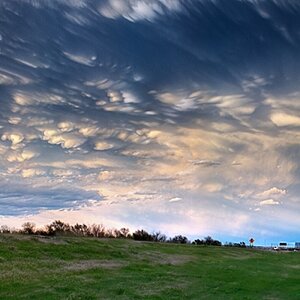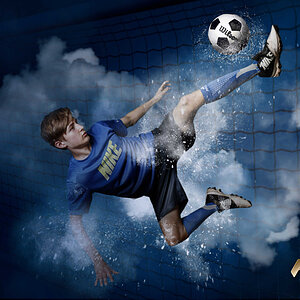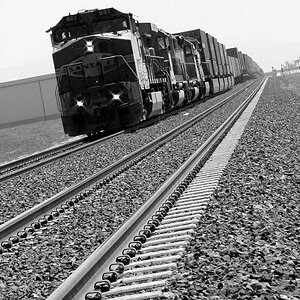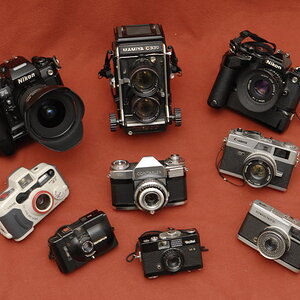Designer
Been spending a lot of time on here!
- Joined
- Apr 13, 2012
- Messages
- 18,505
- Reaction score
- 4,853
- Location
- Iowa
- Can others edit my Photos
- Photos OK to edit
For low-light, fast focus, and sharp images, you should get a AF-S 50mm Nikkor f/1.8 G. This focal length should be nearly ideal for shooting night club action. If you ever do change bodies, the next level up (the D7xxx and higher) will continue to function perfectly with the 50mm. These are not terribly expensive, and you should be able to find a gently-used copy for less. Alternatively, if the 50mm is too long, get the 35mm 1.8 G, which is just as good, only a shorter focal length. Either lens will give you lower light improvement over your present lens.I am a casual photographer who mainly photographs clothing as well as rock n roll dancing (low light and action combined). Any advice or suggestions?


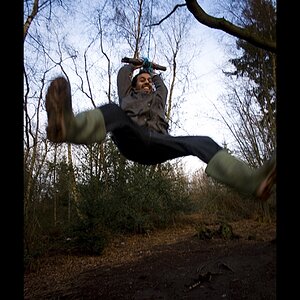


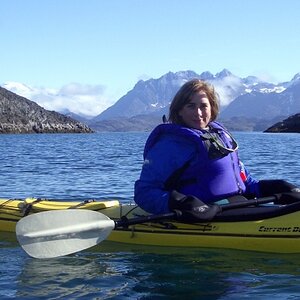
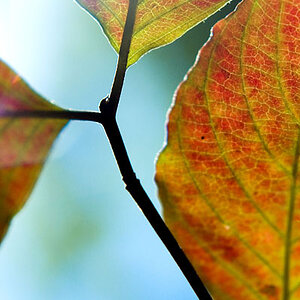
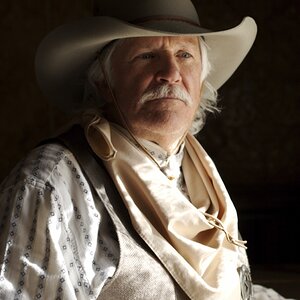

![[No title]](/data/xfmg/thumbnail/34/34118-1c18899050bfacc1ed25ac6c1740422b.jpg?1619736288)
